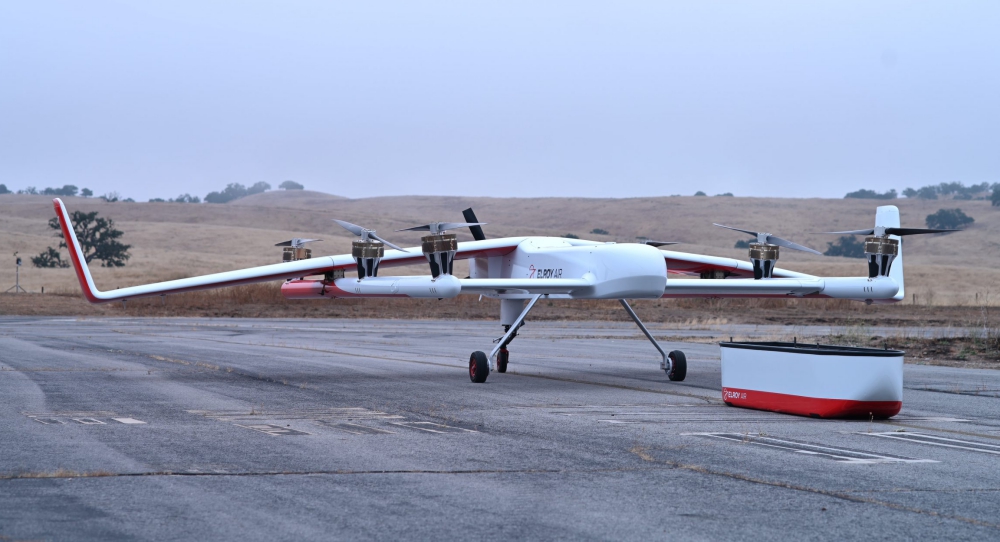NASA’s Advanced Air Mobility (AAM) National Campaign is working alongside the Federal Aviation Administration to integrate innovative operational use cases for Urban Air Mobility vehicles, or UAM for short, into the national airspace system, including air taxis and cargo delivery vehicles. The project will test industry provided vehicles to see how the designs could safely interact with other air traffic in the future.
Elroy Air joins vehicle partners Wisk and Alaka’i Technologies, who signed information exchange agreements with NASA last year. These agreements allow for open exchange of information to accelerate AAM operations through the National Campaign project.
“We are excited to partner with Elroy Air to add another dimension to our AAM operational use cases,” said Starr Ginn, AAM National Campaign lead. “Elroy Air is pursuing fully autonomous in-flight capability as well as semi-autonomous and automated ground and payload handling operations. This partnership will help inform development of landing zones and ground operations, in addition to aircraft storage, maintenance, infrastructure and procedures.”
These companies join current industry partners to prepare for the first National Campaign series, called NC-1, beginning in 2022 with intent to assess safety scenarios focused on automation and vehicle designs. These partners will focus on demonstrating integrated operations through flight activities with vehicles and third-party airspace service providers at various locations around the country.
Elroy Air adds a hybrid electric vertical take-off and landing cargo delivery vehicle called “Chaparral” to the testing series. The company envisions the vehicle delivering heavy cargo in the 250-to-500-pound range across 300 miles as a commercial or medical supply transport.
“This partnership enables Elroy Air to bring its expertise in developing VTOL aerial logistics platforms together with the groups at NASA driving UAM and RAM (Rural Air Mobility) to be realized in the NAS (National Airspace),” said Clint Cope, Co-Founder of Elroy Air. “The demonstrations we are planning and the frameworks we’ll develop and validate together will showcase that logistics will be a smart and large early use case for this new and exciting chapter in VTOL aerospace.”
Before these vehicles can go through test flights with NASA, the project needed to create a data baseline. A helicopter is being used as a surrogate UAM vehicle to gather that data through the NC Integrated Dry Run Test, which began in December 2020 and is expected to continue into March 2021.
Once the dry run tests are complete, developmental testing, set for spring 2021, will use partner Joby Aviation’s UAM air taxi design to include activities such as designing flight scenarios for the participants to fly, exercising range deployment and data-collecting protocols to prepare for NC-1 in 2022.
Each new vehicle and operational use case added for testing gives the AAM National Campaign the opportunity to continue its mission of engaging with diverse vehicle developers and manufacturers in emerging aviation markets for personal, passenger and cargo transportation in urban, suburban, rural and regional environments.
Source: NASA Press Release

